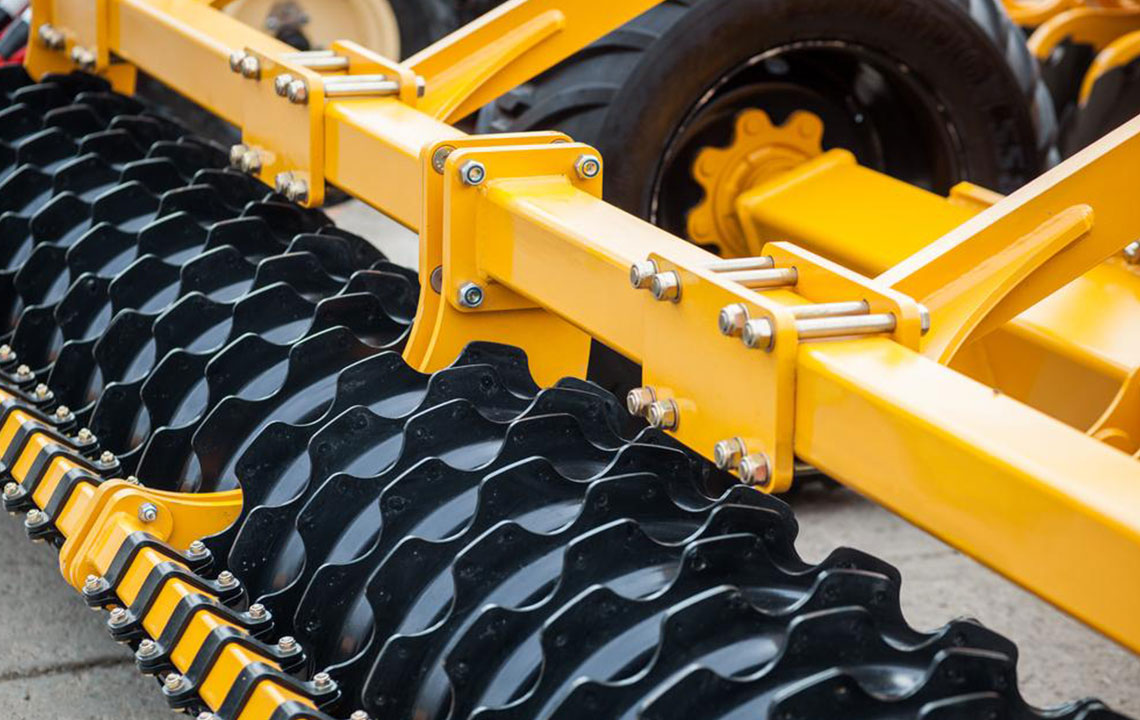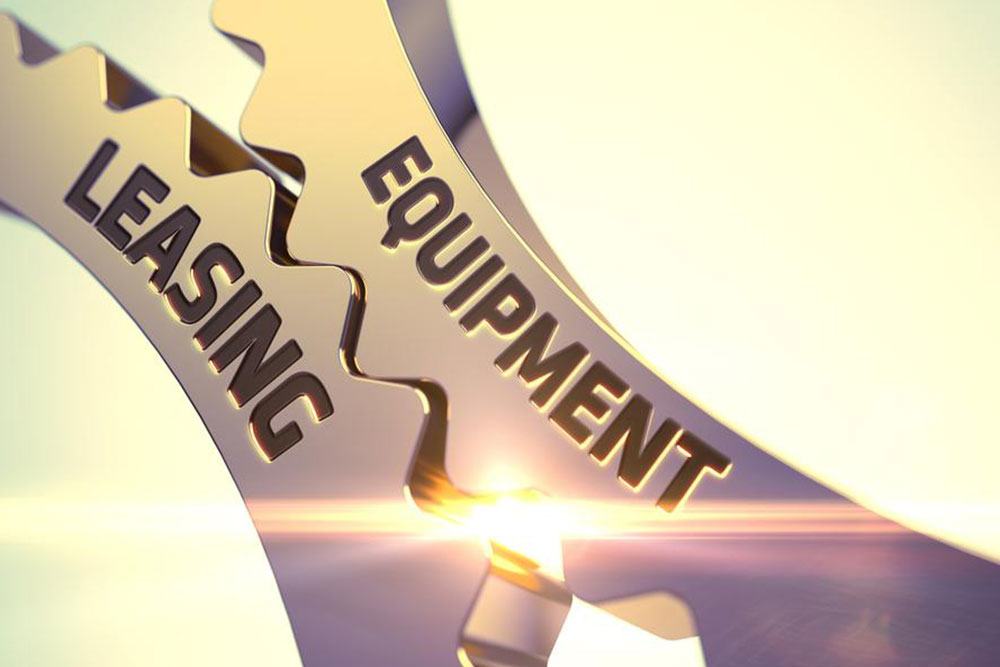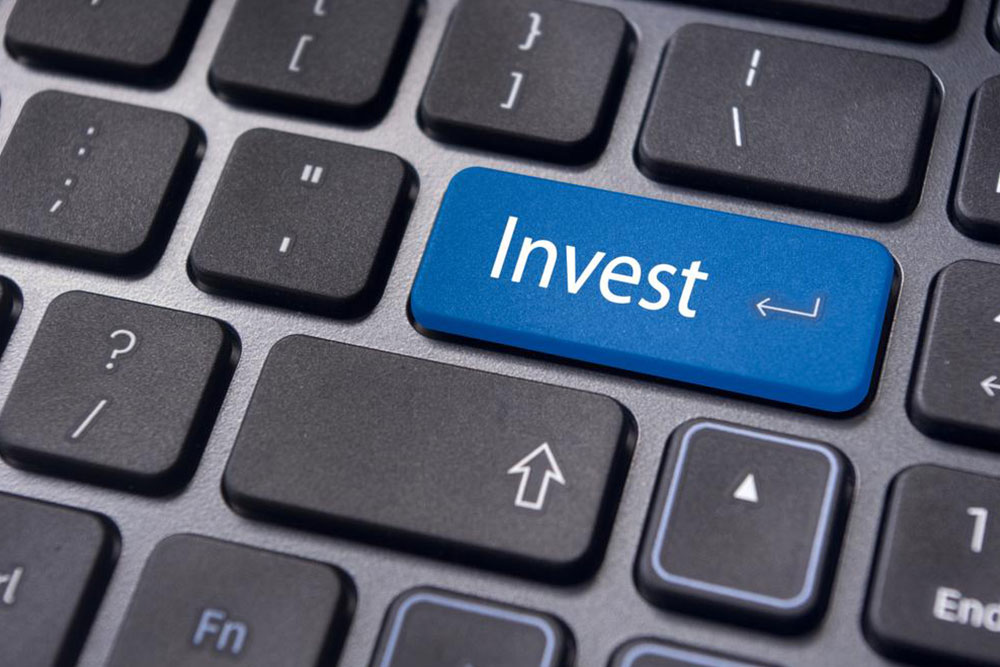Comprehensive Guide to Equipment Leasing for Business Growth
This comprehensive guide explores the strategic advantages and potential drawbacks of equipment leasing for businesses. It highlights how leasing provides access to the latest technology, offers tax benefits, and enhances operational flexibility, while also considering concerns about cost over time and lack of ownership. Ideal for entrepreneurs and managers, this article helps you decide whether leasing aligns with your long-term business objectives and financial strategies for sustainable growth.

When considering the best way to equip your business, one of the most strategic decisions involves choosing between leasing or purchasing equipment. Each approach offers unique benefits and drawbacks, heavily influenced by your company's financial situation, operational requirements, and growth plans. Understanding these nuances can help you make informed decisions that support your long-term success. This detailed guide dives deep into the advantages and disadvantages of equipment leasing, providing valuable insights for entrepreneurs, managers, and financial decision-makers who want to optimize their resource allocation and operational efficiency.
**Benefits of Equipment Leasing**
Access to Cutting-Edge Technology
Leasing provides businesses with the opportunity to stay at the forefront of technological advancements. This is especially crucial in industries where equipment rapidly evolves or where maintaining a competitive edge depends on having the latest tools. By leasing, companies can regularly update or upgrade their machinery without the burden of purchasing new models outright. This flexibility ensures operational efficiency and improved productivity, ultimately leading to better service quality and customer satisfaction.
Cost-Effective Financial Strategy
One of the most significant advantages of equipment leasing is that it often requires lower initial capital investment compared to purchasing. This makes it an attractive option for small and medium-sized enterprises (SMEs), startups, or organizations operating with tight cash flows. Lease payments are typically spread over the lease term, allowing for easier budget management. Additionally, leasing helps preserve working capital, enabling businesses to invest in other crucial areas such as marketing, research, or expansion initiatives.
Tax Benefits and Financial Savings
A notable advantage of leasing is the potential for tax deductions. Under various tax codes, such as IRS Code 179, lease payments are considered operational expenses, which can be fully deducted from taxable income within the year they are paid. This reduces the overall tax burden for the business and improves cash flow. Consulting with an accountant can uncover specific tax savings opportunities related to lease agreements, making leasing a financially sound strategy for many companies.
Flexibility and Operational Agility
Leasing arrangements offer unparalleled flexibility. Businesses can choose the lease terms that best match their operational cycles and needs, whether short-term or long-term. If a company’s equipment needs change rapidly—such as seasonality in retail or technological upgrades in IT—leasing allows for quick adjustments. Equipment can be upgraded, replaced, or returned without the complications associated with ownership, leading to greater adaptability in a dynamic market environment.
**Disadvantages of Equipment Leasing**
Potentially Higher Costs Over Time
While leasing can be cost-effective in the short term, it may lead to higher total expenses over the life of the equipment, especially if the lease is extended or if multiple leases are stacked over time. For equipment that has a long useful life, purchasing might ultimately prove more economical since ownership allows the business to use the asset indefinitely without ongoing lease payments. Businesses should analyze their projected equipment usage periods and total costs to determine the most financially viable option.
No Equity or Asset Ownership
Lease agreements do not provide ownership rights, meaning the business does not build equity in the equipment. At the end of the lease period, the asset remains the property of the leasing company, and the lessee has no resale value or residual benefits. This can be a disadvantage if the equipment retains value or if the company wishes to eventually own the asset outright.
Risk of Over-Spending
Lease terms may sometimes extend beyond the useful life or actual needs of the equipment, leading to recurring costs for equipment that no longer aligns with operational requirements. Additionally, penalties or fees for early termination or damages can add unforeseen expenses. Careful contract evaluation and ongoing needs assessment are necessary to avoid resource waste and maintain financial efficiency.
Limited Control and Customization
Leasing agreements often come with restrictions. Customizations or modifications to the leased equipment may not be permitted or might require prior approval from the leasing company. This can limit flexibility for businesses that need specialized or adaptable equipment tailored to specific operational processes.
**Conclusion**
In conclusion, equipment leasing presents a strategic choice for businesses seeking to optimize their operational capabilities while maintaining financial flexibility. It offers the latest technology, tax advantages, and cost management benefits, making it particularly attractive for startups, growing companies, and industry sectors requiring frequent upgrades. However, potential costs, lack of ownership, and resource management challenges should be carefully weighed before entering into lease agreements. Ultimately, the decision to lease or buy should be based on a comprehensive analysis of your company's long-term goals, financial health, and equipment needs. Consulting with financial advisors and industry specialists can further aid in crafting a tailored strategy that supports sustainable growth and operational excellence.





